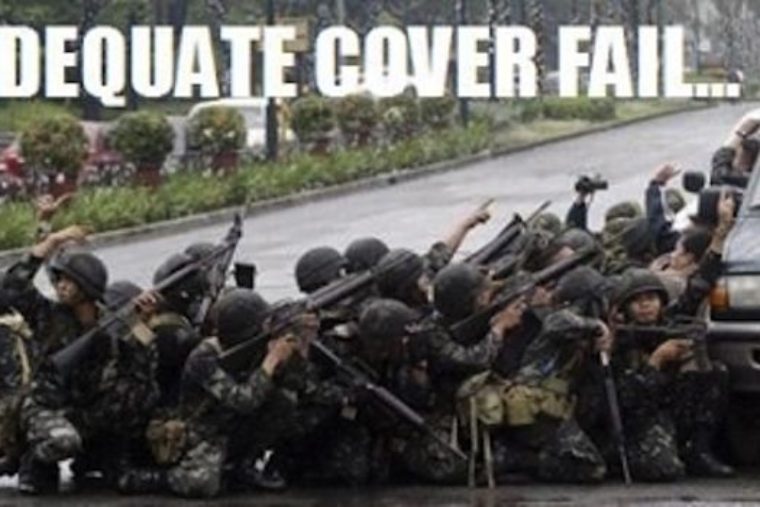The average time-is-life situation for a concealed carry holder is remarkably short. Most incidents come to a halt with the presentation of a firearm in the holster or with the draw from the holster. Very few actually result in an exchange of fire. The average crook is a prime example of a predatory mindset: They prey on those weaker than themselves, tactically. A show of force is usually enough to scare them away. But, we don’t train for the best case scenario; these TACTIPS are geared toward training for the worst case scenario.
Scenario: you’re being followed by a mugger. You present your firearm, and he draws one of his own and fires at you. His shot goes wide. You need to make the decision to seek cover or concealment, in that order. The difference is simple: Cover is something hard that will stop a bullet. Concealment is something that conceals your position. However, the average concealment position is vulnerable to gunfire; if you are discovered and the enemy has accurate enough shots, you will be hit. That is why cover is always preferable to concealment.
by Steven Hildreth, Jr.



